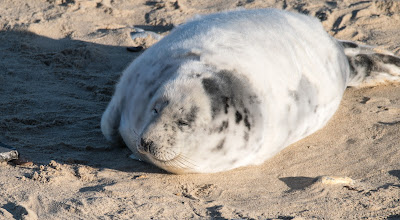Strumpshaw

Strumpshaw Fen is a RSPB nature reserve on the Norfolk Broads. You can walk through a variety of wetland habitats, meadows, woodland and reed beds. There is much wild life to be seen and on a recent visit I was delighted to get good shots of the Swallowtail butterfly. The Swallowtail butterfly is one of the rarest and most magnificent of the British butterflies. It can now be found only on the Norfolk Broads. It feeds almost exclusively on milk parsley. When new materials (rather than reeds) were found for roofing houses after the first world war, reed beds were no longer maintained and the milk parsley was swamped by other sorts of vegetation. Without milk parsley the Swallowtail could not survive. It wasn't until the reed beds were managed again that the milk parsley and the Swallowtail started to re-appear. The Eyed Hawk moth (Smerinthus ocellata) is found mostly in the southern half of the UK. It can be seen between May and September in woodlands and garden...



